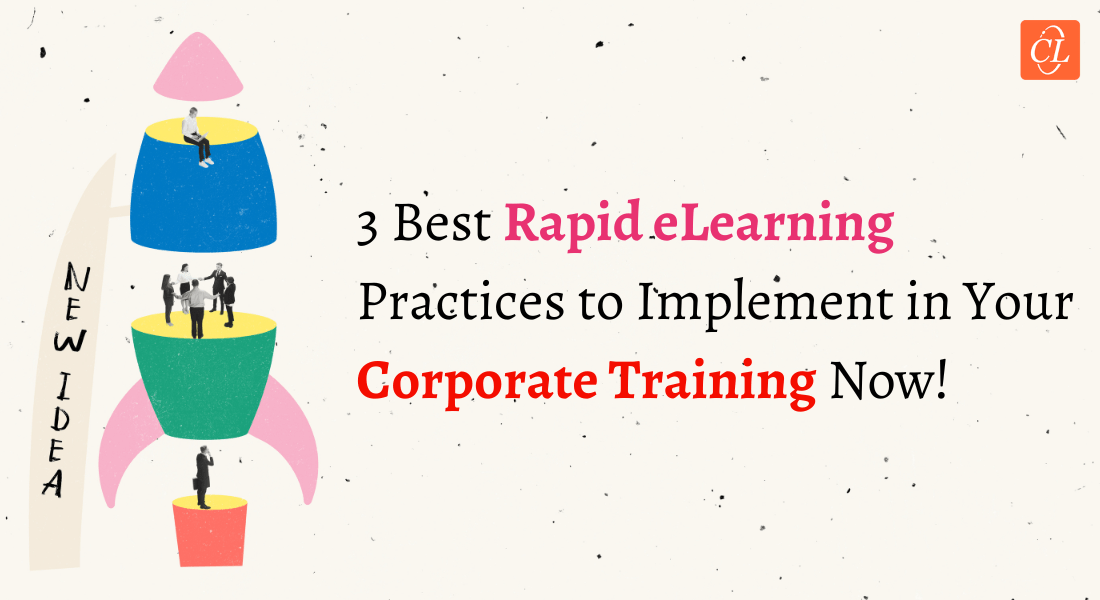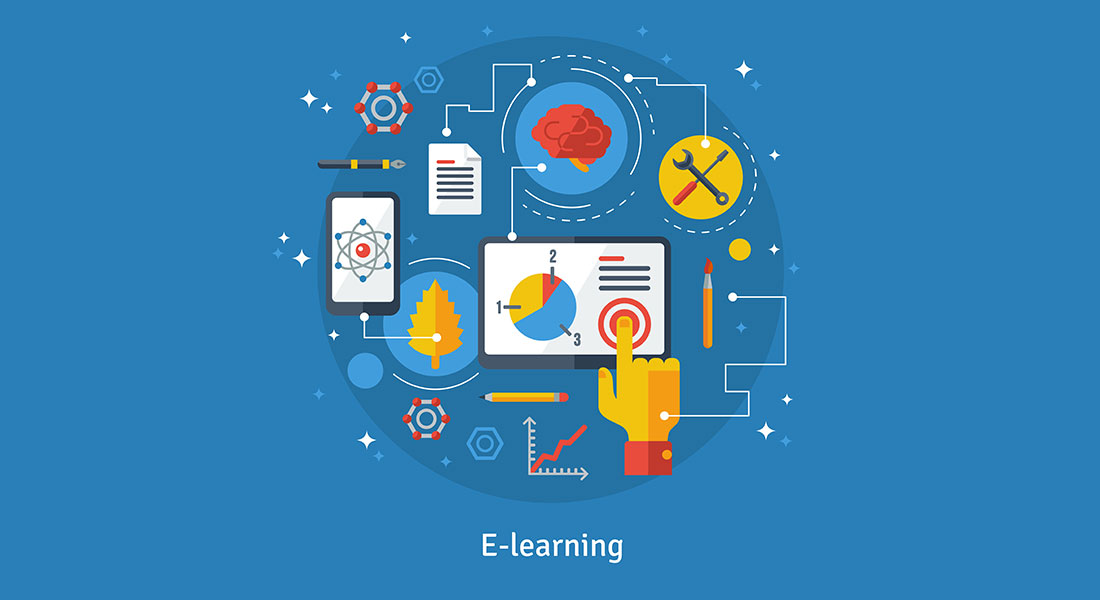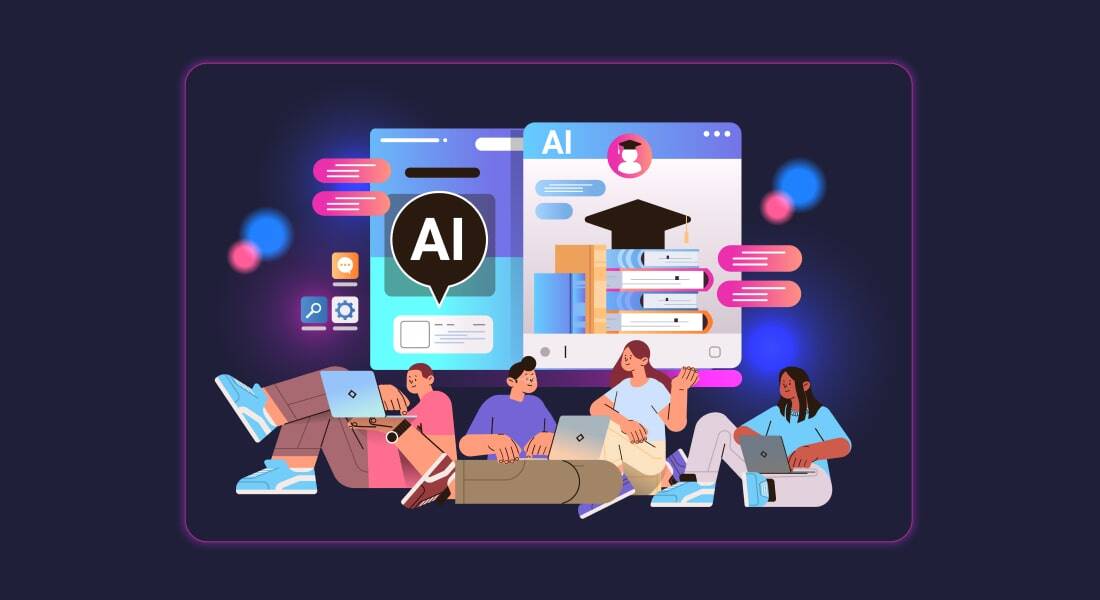Using AI Language Models for eLearning [Infographic]
![Using AI Language Models for eLearning [Infographic] Using AI Language Models for eLearning [Infographic]](https://blog.commlabindia.com/hubfs/blogs/elearning-using-ai-language-models-infographic.jpg)
The way we learn is constantly evolving. Traditional classroom settings are being supplemented, and sometimes even replaced, by eLearning platforms. And why not? eLearning maintains an edge over conventional training methods in terms of flexibility, cost-efficiency, engagement, and accessibility. With that said, eLearning itself is undergoing major changes to keep up with the fast-paced business world and subsequently changing training needs. So the question arises: Is there a way to make eLearning even more engaging and effective? This is where Artificial Intelligence (AI) language models come in.
AI language models are computer programs trained on massive amounts of text data. This data enables them to understand and respond to human language in a nuanced way. When applied to eLearning, these models have the potential to revolutionize the learning experience. In this blog, we’ll take a detailed look at the benefits of AI in eLearning, where can you use AI in eLearning, and the top 5 AI tools for high-impact eLearning. So let’s start!
Top 5 Benefits of AI in eLearning
Enables Personalized Learning Experiences
With the help of AI tools, learning architects can create highly personalized learning experiences that are curated to each learner’s unique needs and learning style. They can even gain a better understanding based on the data available for past performance, learning pace, preferences, etc., to design learner-centric eLearning courses.
→ Download Now: A Deeper Dive Into the AI Revolution!
24/7 Accessibility and Support
AI-powered eLearning takes your training initiatives to the next level by providing round-the-clock access to training resources and support. You can integrate virtual tutors and chatbots that answer learner queries and ensure continuous learning. Moreover, they can also provide feedback and offer guidance at any time, eliminating the constraints of traditional working hours.
This constant availability of resources and guidance enhances the learning experience and allows learners to acquire knowledge at their own pace, thereby promoting understanding and better retention. This aspect comes in super handy when organizations are dealing with learners in different time zones or with varying schedules.
Streamlines Administrative Tasks
AI can automate administrative tasks such as tracking employee progress, scheduling training sessions, and evaluating performance. Automated systems can quickly assess quizzes and assignments, providing detailed feedback and insights. This efficiency reduces the administrative burden on HR and training departments, allowing them to focus more on strategic initiatives and personalized employee development.
Enhances Learner Engagement
Training can be fun and highly engaging with the right content. eLearning developers can leverage AI to create more interactive and engaging eLearning content. They can incorporate AI to improve gamification, simulations, scenario-based learning, etc. Moreover, they can use AI tools to create effective quizzes, challenges, scripts, and more. Apart from this, AI is also useful for creating high-quality multimedia elements like videos and animations with the help of AI tools. All these elements make the learning process more interesting and effective.
Data-Driven Insights and Improvements
AI's ability to analyze vast amounts of data provides valuable insights into learning behaviors and outcomes. Training managers and L&D pros can make the most of this data to continuously improve their course content and instructional methods. This leads to better employee performance and satisfaction.
Where can AI be used in eLearning?
Wrapping It Up!
Even though the AI language models are still evolving, but they have the potential to transform the future of eLearning. So what are you waiting for? Leverage AI and help your learners achieve their full potential. But hey, getting started with AI can be tricky. So if you need some help, here’s a comprehensive eBook on generative AI to help you craft immersive eLearning courses in a hassle-free way. Check it out now!







